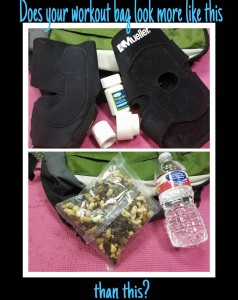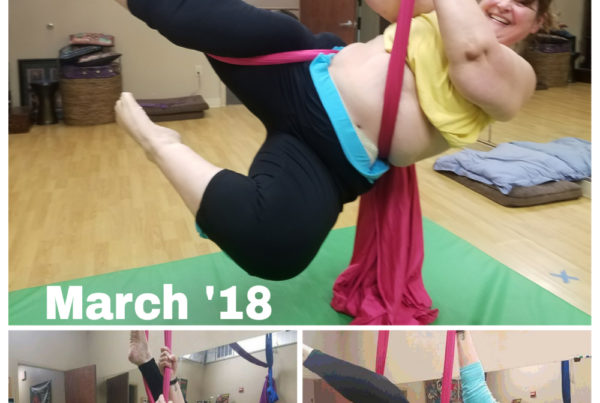
Exercise for many people is more than just a weekly ordeal that they have to endure. Like our students at ArtFit, many find activities that they love. We live, eat, and sleep our preferred activity. This love of sport or dance pushes us forward, excites us, and is supposed to keep us healthy. Many people, however, suffer from over training and don’t even realize it. We must be aware of this exercise issue if we want to continue to train in a healthy and happy way.
Over Training
Over training expresses itself in many ways. Some of the most obvious signs are chronic injuries, fatigue, pain, weight gain, decreased performance, chronic soreness that doesn’t seem to be equivalent to the task performed, and a feeling of “burn out.” This can be hard to recognize because many of these symptoms can be attributed to many other issues as well. Always, rule out any other health issues by visiting your doctor. Then, take a look at your training, recovery, and nutritional program.
Over training can be seen in athletes that train in a cardiovascular activity chronically. According to Mark Sisson, world class athlete and author of the Primal Blue Print, “Chronic cardio increases the production of cortisol (in all but the most genetically gifted athletes), which breaks down the muscle tissue and suppresses the production of key anabolic hormones, such as testosterone and human growth hormone.” This leads to a variety of the symptoms of over-training as well as many you may not be aware of including loss of bone density, systematic inflammation, and free radical production. It is possible to keep in shape, participate in an athletic activity, and even be competitive while balancing cardiovascular training. Analyze your response to cardio. Are you getting the desired result? If not, take a break and begin to add it back into your routine slowly. Then, reassess the results. This will help you decide if you are over training in this way.
Recovery Time
Recovery time is as important as training time. Many people do not realize that muscle and strength are not built during training but during the recovery phase. When you exercise, you are breaking down muscle. For it to becoming bigger and stronger, it must repair. Over-training can occur when an athlete does not allow time for repairing between sessions. This also includes rest and sleep. Let your body recover from physical and daily stressors. Again assess your results? If you are training daily or even every other day but are not gaining the amount of strength and muscle that you should be from your training, train less. I know it sounds counterproductive, but your body may need a break to repair itself.
 In my facility, I see many ladies trying to build strength and muscle. They are working hard but not seeing the results that they would like. After speaking with them, I realized that they were training hard but not eating appropriately. What we eat also affects muscle recovery. It is possible to be taking in too few calories to maintain a high level of training. This can result in weight gain, not necessarily in weight loss, by putting your body into starvation mode.
In my facility, I see many ladies trying to build strength and muscle. They are working hard but not seeing the results that they would like. After speaking with them, I realized that they were training hard but not eating appropriately. What we eat also affects muscle recovery. It is possible to be taking in too few calories to maintain a high level of training. This can result in weight gain, not necessarily in weight loss, by putting your body into starvation mode.
Diet & Body Mass
They type of foods you are consuming can also lead to the body being overstressed by activity. A lack of protein will also keep the body from repairing itself. Protein and the amino acids in protein repair muscle. Without that, you will end up with chronic muscle soreness, weakness, and injury. The body needs 0.5 to 1 gram of protein per pound of lean body mass per day depending on how active you are. This is much more than the average American diet because we fill our stomachs with carbs, not vegetables, fats, and proteins. Mark Sission lays out the formula in an easy to figure a way. Body weight x body fat percentage= amount of body fat. Then, subtract the amount of body fat from your total body weight. This number will give you your lean body mass. Your lean body mass will help you figure out how much protein you need. If you are more sedentary you will opt for 0 .5 grams per pound of lean body mass. If you are more active, you may choose 0.8 grams or 1 gram if you are very active. If you need help figuring your body fat percentage ask at your gym. We can help you with that at Artfit as well. Just request a time before you work out to have your body fat percentage taken.
Those of us who are at risk for over-training are the ones who will want to be active for many years to come. To achieve this, it is important to remember that athletic endeavors, whether they are for fun, competition, or physical appearance, require more than just your time at the gym. You must continue that training into the recovery process to keep your body improving and not over training.



